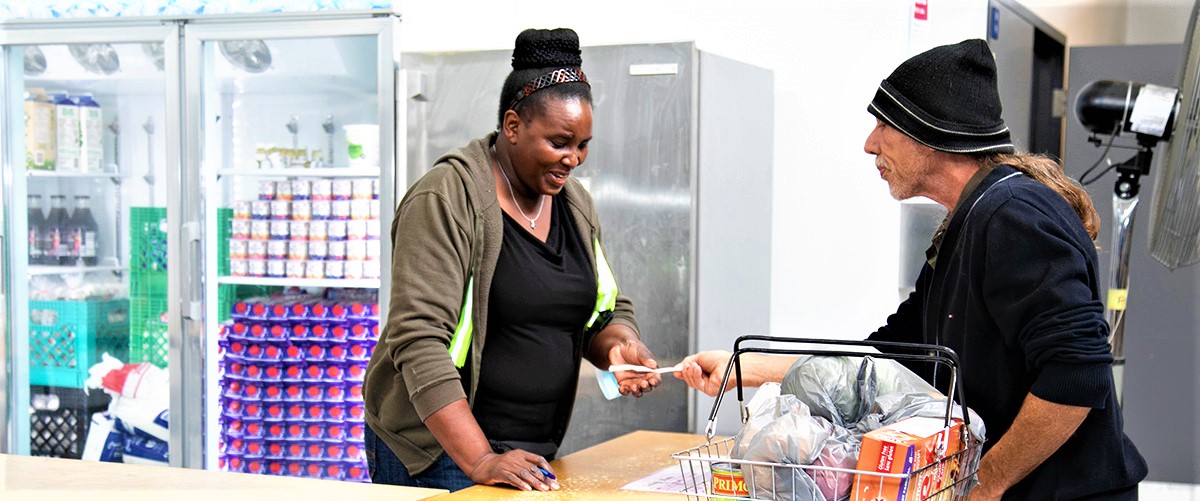
Food insecurity is a complicated problem with a lot of policy drivers, from better labour laws, higher social assistance rates to affordable housing and childcare.
So, if as we heard, the large majority of Canadians believe governments should ensure people have enough to eat, how do we move forward?
(The answer, below, is to focus.)
On Thursday November 24, invited panelists addressed the topic of the system strain, the theme of this year’s Who’s Hungry report and the follow-up webinar. As experts from policy, politics, academia and the frontline, our featured guests included:
The session explored the struggle food banks and clients are facing this year as record numbers of client visits access what has grown to a weekly shipment of 500,000 pounds of food to 200+ food programs across the city. The consequences for those who are food insecure are hunger and homelessness, and the scale of the need is stretching the charitable sector.
Governments are the only ones who can stem the tide and ensure everyone’s right to good, nutritious food is realized. That has meant reports like Who’s Hungry 2022, contain a catalogue of detailed policy recommendations on everything from transit costs to rooming houses to the digital divide.
Panelists agreed, now is the time we can make a difference. But with so many issues and solutions, what do we focus on to not only end hunger today, but to prevent it tomorrow?
The top five insights we heard:
Takeaway #1: There has never been greater awareness of insecurities and precariousness in the economy than there is now because it is not a niche problem right now; it is a mainstream problem. Right now, everybody knows somebody who is struggling.
Most Canadians believe that governments should be doing more to reduce hunger in Canada than they are currently doing.
Takeaway #2: There’s already tremendous public alignment with ideas that offer economic and social societal benefits for all. For example, affordable childcare showed that if women can participate more fully in the workforce, then we are going to have a stronger economy.
Applying this approach to the idea of a living wage shows that if people are paid better, they are going to continue working longer, which leads to better retention and savings for businesses.
Takeaway #3: Behind the scenes with officials, we can keep talking about all these details but in terms of our public advocacy we need to pick a lane, and just talk about it all the time.
These issues are too complex and multi-faceted to tackle at once. Think of food insecurity as a sandwich, we can only take one bite at a time!
Takeaway #4: Working with media and digital media is core. Media does not have the same impact it used to with the general public, but it still has a significant impact with decision makers who pay a lot of attention to it, and the media plays a crucial role in galvanizing support and building political will to take policy action.
We need to say: “Here’s the crisis. Here is one good next step.”
Takeaway #5: There is a window now to impact food insecurity at the federal level.
Food security sits in the Ministry of Agriculture and Agri-Food, tucked away, that ministry only focuses on producers, and it needs to be put into a Ministry that focuses on social policy.
This year’s Who’s Hungry 2022 explores the ways in which we can achieve the Right to Food and render food banks obsolete by fixing the systemic issues that trap people in poverty.
Watch the recording of the roundtable
To read our report, please visit www.dailybread.ca/whoshungry